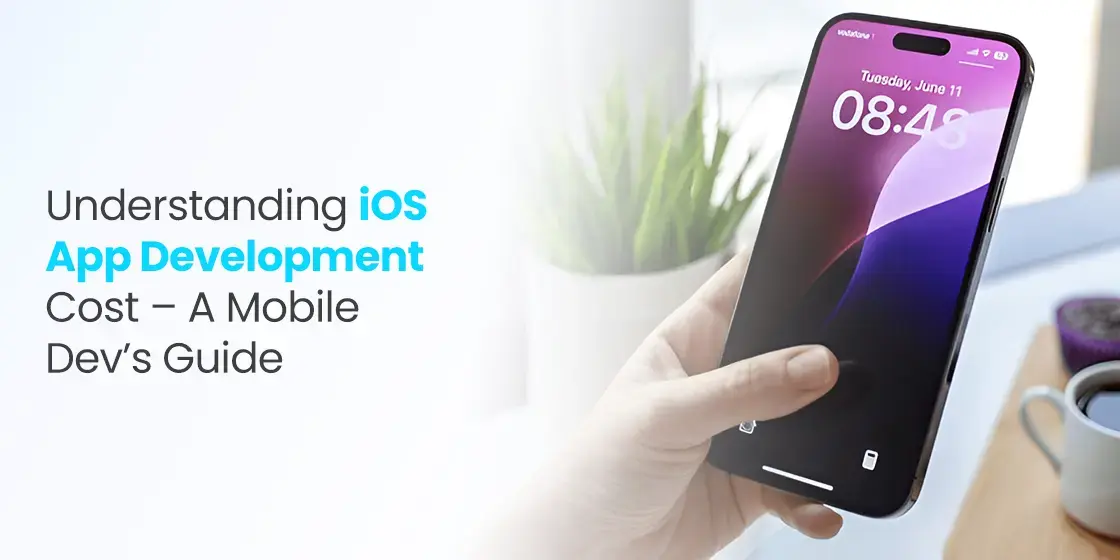Table of Content
Discover What Influences iOS App Development Cost for Businesses
Mobile application development presents a dynamic and often a complicated industry, particularly when focusing on Apple’s iOS ecosystem. For businesses aiming to tap into the financially comfortable and engaged user base of iPhones and iPads, understanding the financial implications of developing an iOS application is critical.
The iOS app development cost is not a fixed entity but rather a collection of various interconnected factors, ranging from the size and complexity of the app to the intricacies of its design and the geographical location of the development team. Navigating these cost drivers effectively requires a comprehensive understanding of the app development lifecycle and the specific needs of the iOS platform. This allows for accurate budgeting, strategic planning, and, the successful creation of a commercially viable iOS application.
Let’s explore the primary factors that significantly influence the overall cost, such as app size, complexity, category, design intricacies, and team dynamics. Moreover, we will dive into the often overlooked “hidden” costs that can unexpectedly impact the budget.
This comprehensive guide will give mobile app development services the knowledge necessary to navigate the financial aspects of iOS app creation with clarity, leading to more informed decisions and successful project outcomes in the competitive mobile market.
What Factors Determine the Cost of iOS App Development?
As we mentioned earlier, the cost of developing an iOS application is a variable figure, heavily influenced by a variety of interconnected factors. Understanding these key elements is essential for accurate project estimation and budget allocation. In fact, the cost of iOS app development is often significantly higher than other types of app development, such as android or cross-platform mobile app development.
Let’s take a look at these factors in detail.
iOS App Size
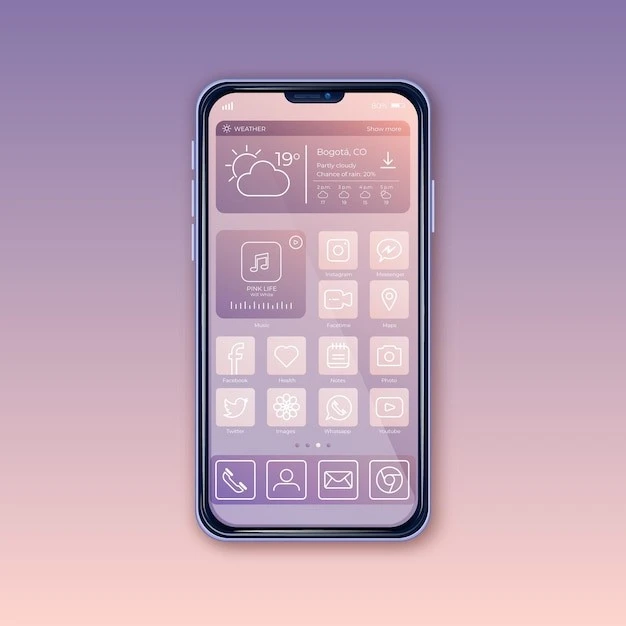
The size of an iOS application, typically measured by the number of features, screens, and overall content it encompasses, is a fundamental driver of development cost. A larger app inherently requires more time and effort across all stages of the development lifecycle.
- Increased Development Time: A larger app naturally involves a greater number of features that need to be conceived, designed, developed, tested, and deployed. This extended scope directly translates to a longer development timeline, which in turn increases the overall labor costs associated with the project.
- Greater Testing Effort: A larger application necessitates more comprehensive testing to ensure stability, functionality, and a seamless user experience across all its features and screens. Thoroughly testing a large app involves identifying and fixing a greater number of potential bugs and ensuring compatibility across various iOS devices and operating system versions, all of which contribute to higher testing costs.
- Increased Complexity in Management and Maintenance: Larger iOS applications often involve more complex project management due to the increased number of mobile app development tools, tasks, team members, and dependencies. The sheer volume of code and assets in a larger application can also make future modifications and enhancements more time-consuming and resource-intensive.
iOS App Complexity
Beyond the app size, the inherent complexity of the features and functionalities integrated into an iOS application significantly impacts the development cost. Even a relatively small app can be expensive if it incorporates intricate or custom-built features.
- Custom Functionality and Algorithms: Apps that require highly customized features or complex algorithms, such as advanced image processing, data analysis, or unique real-time interactions, demand specialized development skills and significantly more development time. The more unique and technically challenging the features, the higher the development cost will be.
- Third-Party Integrations and APIs: Integrating an iOS app with various third-party services and APIs (Application Programming Interfaces), such as payment gateways, mapping services, social media platforms, or specialized industry-specific APIs, can add considerable complexity and cost. Complex integrations, especially those involving custom data mapping or authentication protocols, can significantly increase development time and effort.
- Advanced User Interface (UI) and User Experience (UX) Requirements: Apps that demand highly interactive, custom-designed UI elements, intricate animations, or unique user experience flows require specialized design and development expertise. The more sophisticated and tailored the UI/UX requirements, the greater the investment in design and front-end development will be.
Category of the iOS App
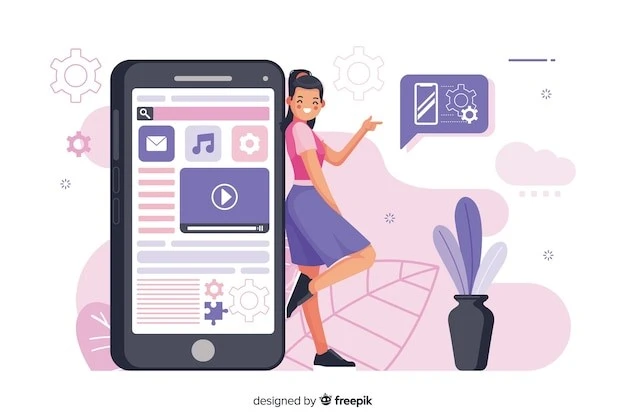
The category or type of iOS application being developed can also influence the cost due to the inherent features and functionalities typically associated with different app categories.
- E-commerce Apps: E-commerce applications often require features such as user registration and profiles, product catalogs, shopping carts, secure payment gateway integrations, order management systems, shipping and delivery tracking, and customer support. Security considerations for handling sensitive payment information also add to the complexity and cost.
- Social Networking Apps: Social networking apps typically involve user profiles, the ability to connect with other users, content creation and sharing, real-time messaging, notification systems, news feeds, and potentially location-based services. Features like media processing and moderation also add to the complexity.
- Gaming Apps: iOS games, especially those with high-quality graphics, complex gameplay mechanics, and multiplayer functionality, often require specialized game development engines, experienced game developers, artists, and sound designers. This results in potentially high development costs, particularly for graphically intensive or complex games.
- Utility Apps: While some utility apps might be relatively simple, others can involve complex functionalities like data synchronization, integration with device hardware (e.g., camera, GPS), and background processing.
Design Complexity of the iOS App
The level of visual design and user experience sophistication required for an iOS application is a significant cost driver. A well-designed and intuitive app often necessitates a greater investment in design expertise and implementation.
- Custom UI/UX Design: Opting for a completely custom UI/UX design, tailored specifically to the brand and user needs, requires engaging experienced UI/UX designers. Implementing these custom designs often requires skilled front-end developers with knowledge of the top mobile app development frameworks, increasing development time and cost compared to using standard UI components.
- Animations and Micro-interactions: Incorporating intricate animations and subtle micro-interactions can significantly enhance the user experience, making the app feel more polished and engaging. However, the more complex and numerous the animations, the greater the development effort and cost will be.
- Branding Integration and Visual Identity: Seamlessly integrating the brand’s visual identity into the app’s design, including custom typography, color palettes, and unique visual assets, requires careful attention to detail and design expertise.
iOS App Development Team Size
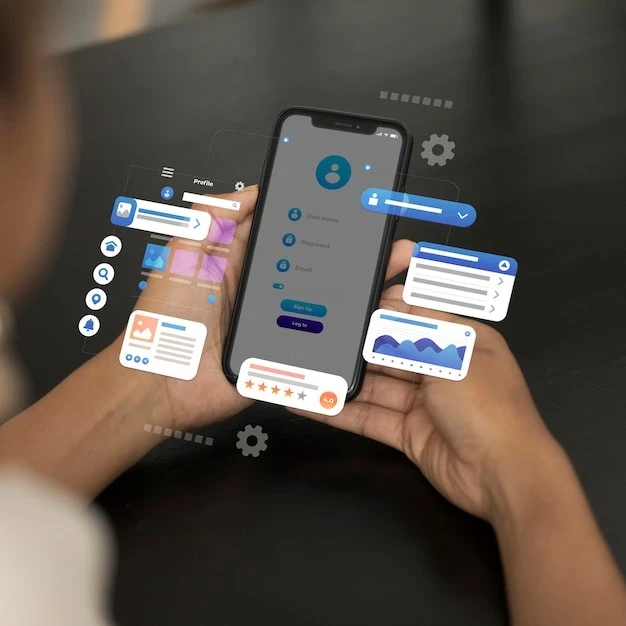
The size and composition of the iOS app development team directly influence the project’s cost, primarily through the cumulative salaries and hourly rates of the involved professionals.
- Roles and Expertise: A typical iOS app development team can include various roles, such as project managers, UI/UX designers, iOS developers, back-end devs, quality assurance (QA) testers, and business analysts. Highly specialized roles or senior-level expertise will command higher rates.
- Team Structure and Collaboration: The efficiency and collaboration within the development team also indirectly affect the cost.
- Engagement Models: The chosen model for the team (e.g., in-house, freelance, agency, offshore) will also impact the cost structure.
iOS App Development Team Location
The geographical location of the iOS app development team is a significant factor influencing the overall cost due to the varying labor rates and cost of living in different regions.
- Regional Labor Rates: Teams located in regions with a higher cost of living, such as North America, Western Europe, and Australia, typically command higher rates compared to teams in regions such as Eastern Europe, India, and parts of South America.
- Communication and Time Zone Differences: While offshore development can offer cost advantages, its communication and time challenges can potentially lead to delays, misunderstandings, and increased project management overhead.
- Quality and Expertise: While cost is a significant consideration, it’s essential to balance it with the quality and expertise of the development team. Choosing a team solely based on the lowest price can sometimes lead to compromises in code quality, communication, and overall project outcomes.
Besides the Primary Cost Drivers, What Are Some Hidden iOS App Development Costs?
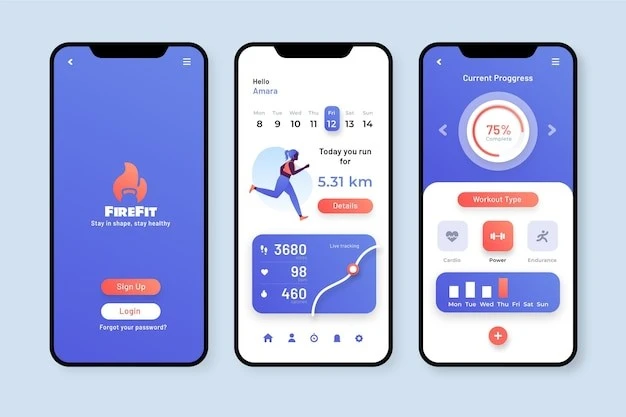
Beyond the more obvious factors, several often overlooked or “hidden” costs can significantly impact the overall budget of an iOS app development project.
- App store submission and maintenance fees
- Third-party service subscriptions
- Marketing and promotion
- Post-launch support and updates
- Legal and compliance costs
- Contingency funds
Why Do Businesses Opt for iOS App Development?
Despite the potentially significant costs associated with iOS app development compared to android app development cost, numerous compelling reasons drive businesses to strategically invest in creating applications specifically for Apple’s platform.
- Financially comfortable and engaged user base
- Strong brand perception and premium image
- High user loyalty and retention
- Optimized performance and user experience
- Access to a mature and robust development ecosystem
- Strong security features
Conclusion
Understanding iOS app development cost drivers is a crucial first step for any business venturing into the Apple ecosystem. As this guide has explained, the final cost is a dynamic combination of factors such as app size, complexity, category, design complexity, team dynamics, and geographical location, along with some hidden costs.
While the investment can be significant, the reasons why businesses strategically choose iOS often outweigh the financial considerations. By carefully evaluating these cost drivers and aligning them with their strategic objectives, businesses can make informed decisions, budget effectively, and ultimately develop impactful and successful iOS applications that resonate with their target audience and contribute to their overall growth.

Empower your digital journey with StruqtIO - Your dedicated partner for cutting-edge custom software development, innovation, and digital transformative solutions. Harness the power of technology to elevate your business and redefine your digital landscape today.
